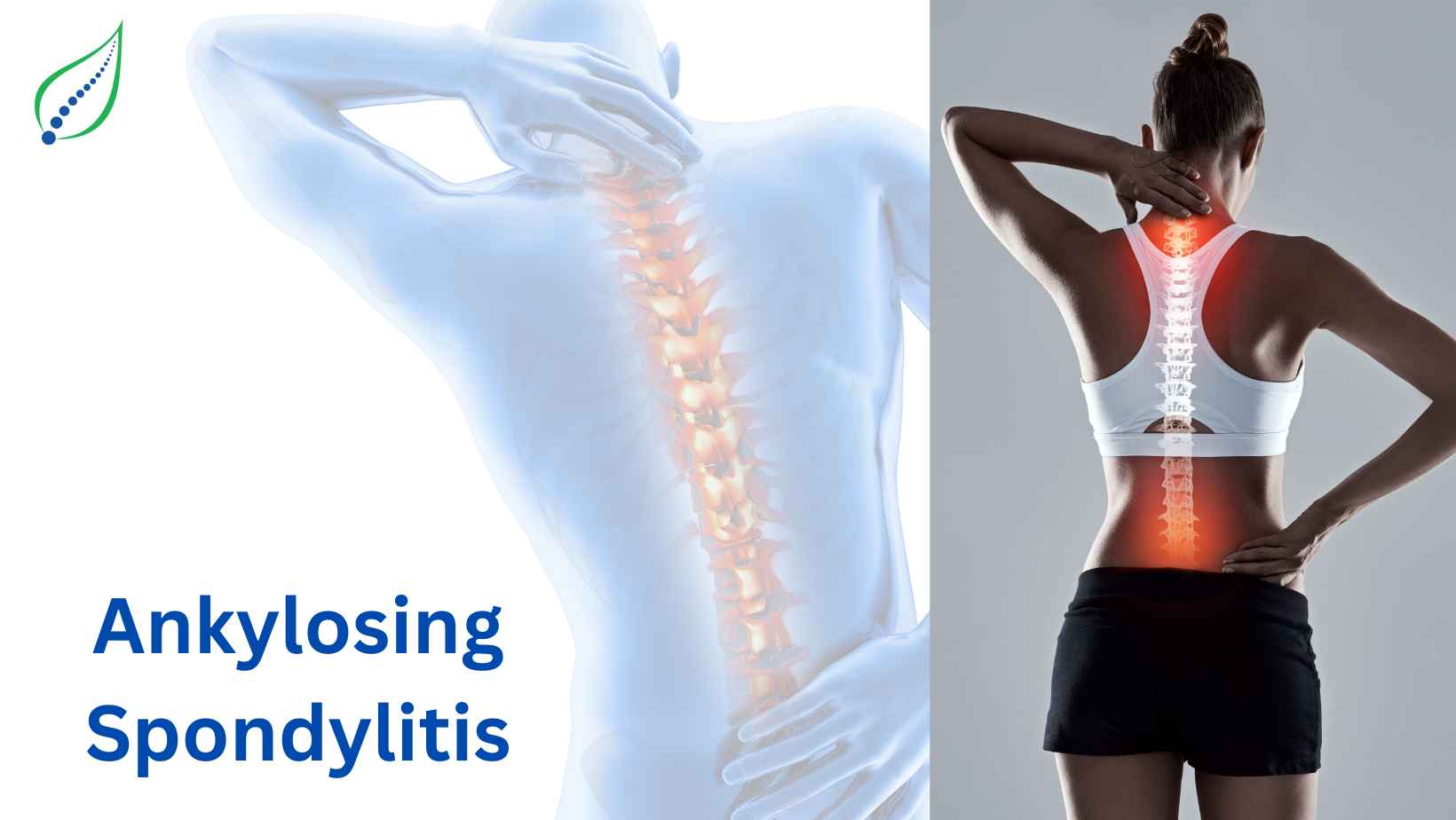Ankylosing Spondylitis
Ankylosing spondylitis is an inflammatory arthritis that fundamentally affects your spine. It causes inflammation of the joints, tendons and ligaments that may, in the long run, leads to constant pain and disability. In further developed cases, the inflammation can cause deformity in the spine.
Ankylosing spondylitis can also cause pain and stiffness in different parts of your body. Other huge joints, for example, the shoulders, hips, and knees, can be involved too.
Who’s at risk for Ankylosing spondylitis?
Family History
A family history of Ankylosing spondylitis is a risk factor, alongside the presence of the HLA-B27 gene. As indicated by a recent report, in more than 90 percent of individuals who receive a diagnosis of this condition have the gene that expresses this protein. But a lack of this gene does not mean that you do not have ankylosing spondylitis if other symptoms are present.
Age
Unlike other arthritic and rheumatic disorders, symptoms of Ankylosing spondylitis frequently show up in younger adults. Side effects frequently show up between ages 20 to 40.
Gender
Ankylosing spondylitis is around three times more common in males however is found in females too.
Ethnicity
This condition is more common in individuals of Caucasian descent than those of African descent or other ethnicities.
What are the symptoms of Ankylosing spondylitis?
The most common symptom of ankylosing spondylitis is morning stiffness. You will feel stiff for more than 30 mins on waking up in morning. This stiffness is gradually relieved with activity and taking a hot shower. Most patients suffer from back pain which is worse in early morning on waking up. Back pain is also worse at night particularly the patient wakes from sleep in middle of night due to severe back pain.
- Loss of appetite
- Low-grade fever
- Weight loss
- Fatigue
- Anemia
- Breathlessness
- Redness of eye
Ankylosing spondylitis can also involve different organs in body like eyes, intestine, lungs.
Ankylosing spondylitis Treatment
- Medications: These patients require to be on medications for life long. These medications are NSAID and disease modifying drugs like sulfasalazine. These drugs help to keep the disease under control and prevent flare ups. Certain cases not responsive to these medications require immunomodulator like Infliximab.
- Physiotherapy: Exercise therapies help to maintain joint and spine flexibility. Exercises should be done under supervision of physiotherapist in the initial stages. Once a reasonable range of motion is acquired for various joints, you need to continue the exercises at home.
- Lifestyle changes: Lifestyle changes like weight reduction, healthy diet and regular exercise play an important role in maintaining joint flexibility and avoiding disability. Swimming is a very useful exercise in patients suffering from ankylosing spondylitis.

_1744793045.png)
_1743751136.png)
_1738219992.png)
